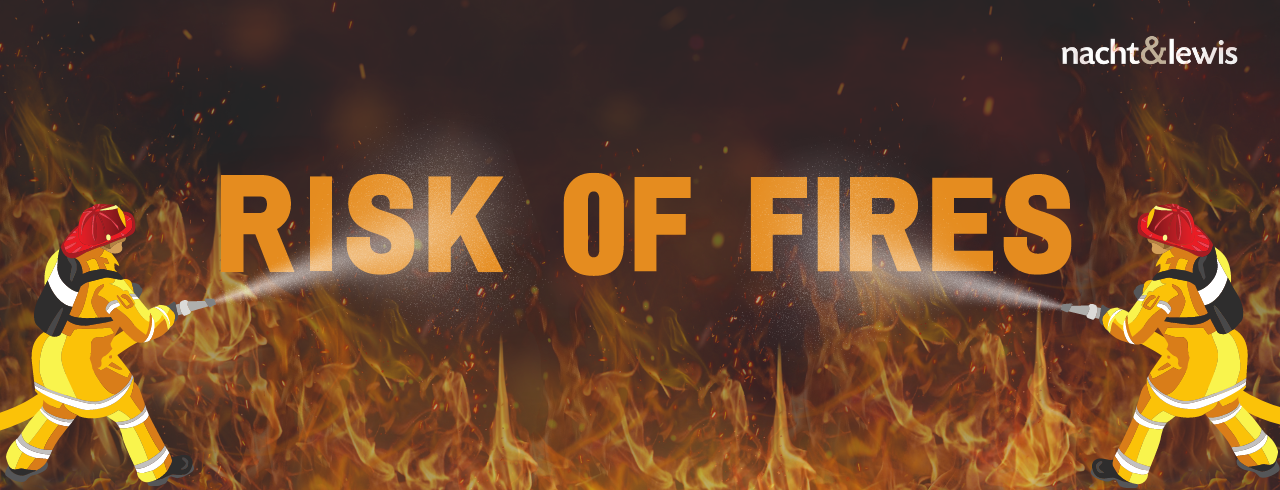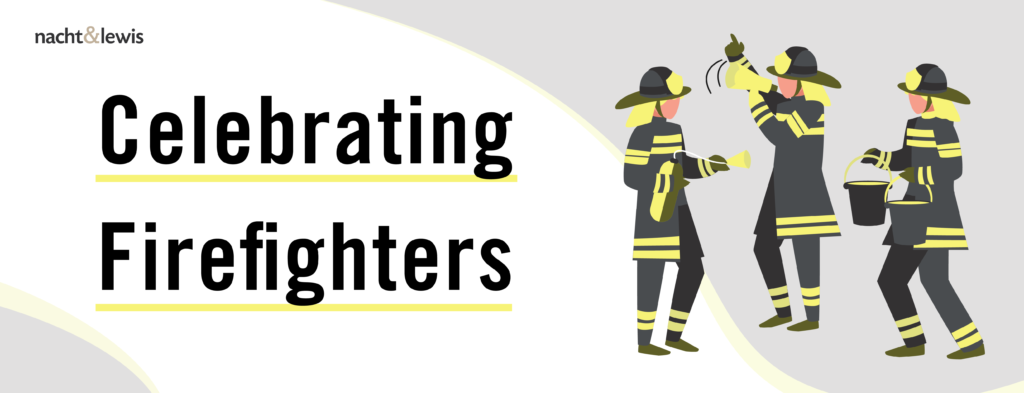In the familiar confines of our office environments, the biggest threat we face are often the hazards of staplers, X-acto knives, and paper cutters, or periodic visits to construction job sites. However, it’s essential for us to recognize and appreciate the different world in which our collaborators and clients operate. This becomes apparent when we examine occupational injury and death rates. Architects experience an on-the-job death rate of 4.4 per 100,000 per year, while firefighters face an average of 22.2 deaths per 100,000 per year. While these numbers are alarming, they don’t tell the whole story. This risk level is nearly equivalent to that of a construction superintendent or a truck driver. What truly sets firefighting apart from other professions are the injury rates and the heightened risk of cancer, which can dramatically impact life expectancy, quality of life, and on-going employment prospects.
In an office setting, the injury rates are relatively modest at 180 per 100,000 staff per year, whereas firefighters endure injuries at a staggering rate of 22,508 per 100,000 per year. No other occupation even comes close. These significantly higher injury and death rates within the fire service highlight an urgent need for increased support and funding for firefighter training, health maintenance, and the facilities that are essential for these endeavors. As responsible citizens benefiting from the dedicated service of these professionals, we can advocate with our political representatives to secure more funding. As architects, we can ensure that the facilities we design for firefighters promote enhanced training, safety protocols, and a healthy lifestyle.
While most of us return home from the office carrying only the stresses of our workday, firefighters and EMTs bring back chemicals and pathogens that require thorough decontamination before equipment can be reused and before they reintegrate into the living and working environment of their station. Achieving this requires planning to maintain rapid response capabilities while implementing a safe decontamination process for both personnel and equipment. This process begins in the field and continues at the station.
To accommodate this, stations are divided into hot and cold zones, ensuring that contaminants are not inadvertently spread to areas with long-term exposure risks. Protective gear for on-duty and off-duty personnel cannot come into contact with fire vehicle exhaust, which contains carcinogenic diesel exhaust residues. Fire departments address this through direct vehicle exhaust systems or filter units on truck exhausts. Stored gear is kept outside the truck bay, and dedicated spaces are equipped with special washing machines for protective clothing, deep sinks for breathing tanks, and drying cabinets. Adjacent facilities include emergency showers or shower changing spaces for staff. By incorporating these features and preventing airflow from equipment storage areas to living quarters, we can significantly reduce health-related exposures. While many of these elements have been present in firehouses for decades, recent years have seen a more deliberate and careful planning of their arrangement.
Firefighters face elevated risks of cancer, with studies indicating higher rates of testicular cancer, multiple myeloma, non-Hodgkin’s lymphoma, skin cancer, brain cancer, and prostate cancer under the age of 55. In response, the Centers for Disease Control (CDC) and the National Institute for Occupational Safety and Health (NIOSH) have initiated a firefighter cancer registry this year to collect data and confirm suspected heightened risks of various cancer types. Gathering this data is critical to understanding the extent of these risks and refining protocols and practices to protect current and future generations of firefighters. We encourage all affected firefighters to participate in this registry.
At Nacht & Lewis, we have had the privilege of designing several fire training facilities focused on preparing young individuals considering a career in this vital profession, including the recently completed Inderkum High School Public Safety Training Center. We remain committed to staying at the forefront of health-focused developments in this industry, ensuring that the next generation of first responders receives even greater protection than the last.
Written by: Mike Smith
https://www.ntsb.gov/safety/safety-studies/Pages/HWY19SP002.aspx
https://www.cdc.gov/niosh/enews/enewsv20n9.html
https://www.nvfc.org/programs/share-the-load-program/
Heart-Healthy Firefighter Program – National Volunteer Fire Council (nvfc.org)



